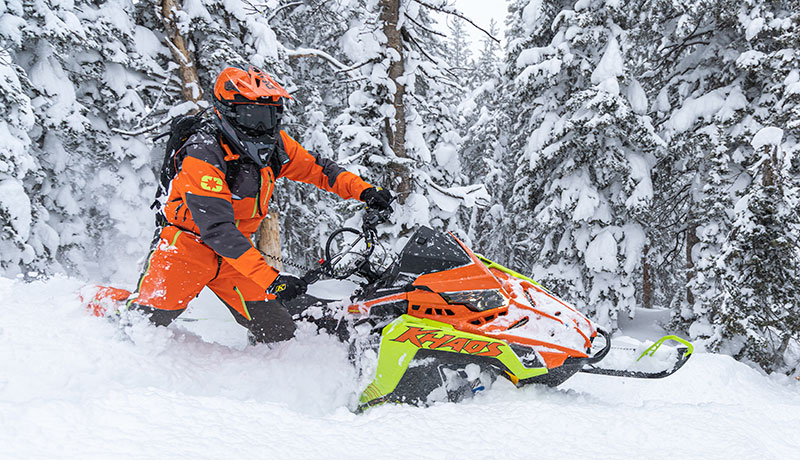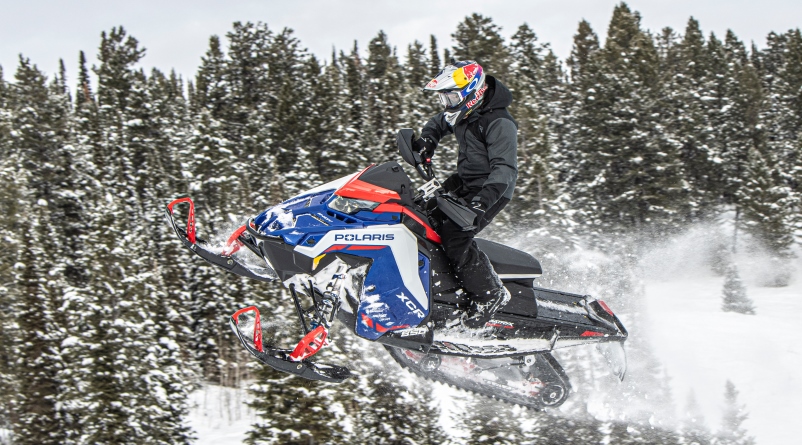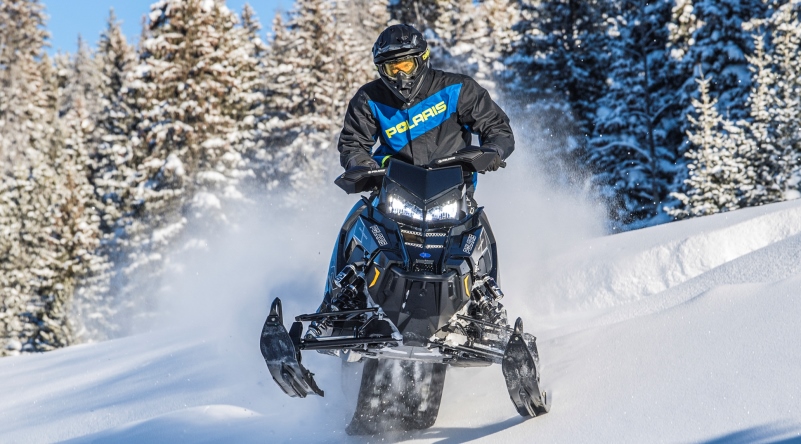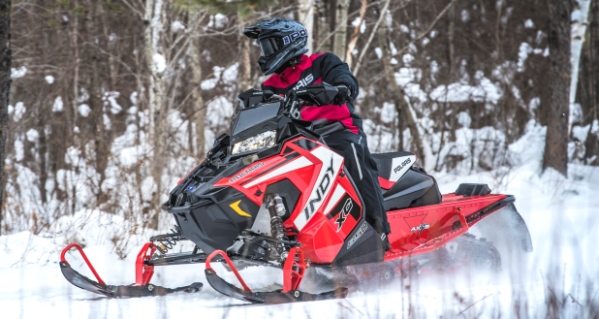 The QRS drivetrain in the Ski-Doo REV-XP chassis is different than conventional systems that have a jackshaft attached to the chassis with a secondary clutch bolted to the shaft. REV-XP QRS secondary clutches are part of the jackshaft, making the pulley more difficult to service and tune because the helix and spring can only be accessed from the back of the clutch.
The QRS drivetrain in the Ski-Doo REV-XP chassis is different than conventional systems that have a jackshaft attached to the chassis with a secondary clutch bolted to the shaft. REV-XP QRS secondary clutches are part of the jackshaft, making the pulley more difficult to service and tune because the helix and spring can only be accessed from the back of the clutch.
The easiest way I’ve found to replace or change the spring or helix is to remove the jackshaft assembly from the sled, which requires more time and tools than traditional clutches that can be removed and placed on a workbench within a minute or two.
In addition to complex serviceability, I wasn’t satisfied with the stock QRS secondary clutch’s performance on my 2008 MX Z 600 H.O. SDI. Shift-out rate was inconsistent and peak engine rpm was affected more by conditions than other sleds I’ve tuned. Also, I don’t have an inventory of QRS springs and helixes.
To solve my problem, I installed Straightline Performance Inc.’s (SPI) XP/XR Jackshaft Conversion Kit so I could run a TEAM Industries secondary clutch that I know well after almost 10 years of experience with it.
Easy Installation
Installation of the new jackshaft took about 30 minutes. I drained the chaincase fluid, removed the case cover and took out the top gear from the stock jackshaft. On the clutch side, the jackshaft and secondary clutch came out of the chassis as an assembly after I removed the belt and bearing retainer behind the secondary clutch. The SPI jackshaft kit slid in place.
Once the new jackshaft, gear, chain, fluid and bearing retainer were installed, I installed my yellow clutch. The Straightline kit comes with shims to be used for clutch alignment. Once aligned, the belt can be installed.
The step-by-step instructions were easy to understand, but they should have included pictures to re-assure the wrencher that he or she is doing the installation correctly. I had the QRS assembly out and apart in the past, so references to components in the instructions were clear. However, for first timers, a couple photos would make the job easier.
The recommended TEAM helix angle was not called out in the instructions (due to many models and applications where the kit can be used), so I contacted SPI to confirm which helix to run in my MX Z.
A Good Value For TEAM “Veterans”
At $399.95, the SPI Jackshaft Kit is expensive. But since I already have a supply of TEAM springs and helixes, this jackshaft kit is a good value for tuners like me.
If I wanted to build up an inventory of QRS helixes and springs so I could clutch my sled to suit my needs, it wouldn’t take long to exceed the cost of SPI’s jackshaft kit. On the other side of the coin, had I needed to buy the TEAM driven clutch, spring and a helix in addition to the shaft, it would have become a much more expensive modification, reducing its value.

The TEAM clutch made my sled’s shift-out rate more consistent with a stronger backshift for better response when I got back into the throttle. Acceleration was more linear than the stock clutch and the sled pulled harder in the mid-range.
With the Straightline Performance Inc. (SPI) kit on my sled, the TEAM clutch was easy to service. With one bolt holding the pulley on the shaft, I could remove it with a wrench and have it on my workbench in less than a minute. Using a special tool to compress the clutch when it’s on the bench, it’s easy to change a helix or spring in the TEAM pulley.






